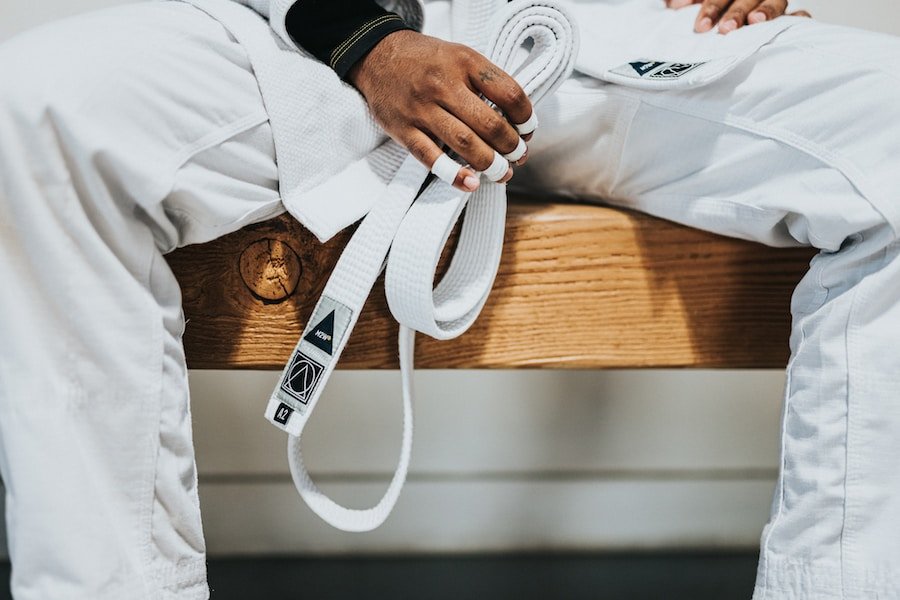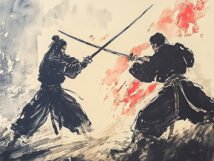Introduction to Wushu: The Art of Unleashing Inner Power
Wushu, also known as Chinese martial arts, is a traditional form of combat that originated in ancient China. It is not just a physical practice, but also a way of life that emphasizes the cultivation of inner power. The word "Wushu" itself translates to "martial arts" in Chinese, but it encompasses much more than just fighting techniques. It is a holistic practice that combines physical fitness, mental focus, and self-discipline.
Inner power, also known as "Qi" or "Chi," is a fundamental concept in Wushu. It refers to the energy that flows through the body and can be harnessed and directed for various purposes. In Wushu, the development of inner power is considered essential for achieving mastery in martial arts. It is believed that by cultivating and unleashing this inner power, practitioners can achieve extraordinary feats of strength, speed, and agility.
The History of Wushu: From Ancient China to Modern Times
The origins of Wushu can be traced back to ancient China, where it was developed as a means of self-defense and military training. It is believed to have originated during the Xia Dynasty (c. 2070-1600 BCE) and was further developed and refined during the Zhou Dynasty (c. 1046-256 BCE). During these early periods, Wushu was primarily practiced by soldiers and warriors.
Over the centuries, Wushu evolved and adapted to the changing political and social landscape of China. Different dynasties, such as the Han, Tang, and Song, contributed to the development of various styles and techniques. Wushu became not only a means of self-defense but also a form of artistic expression and a way to promote physical and mental well-being.
In the 20th century, Wushu underwent a process of modernization. The Chinese government recognized the cultural and historical significance of Wushu and sought to preserve and promote it. In 1958, the Chinese Wushu Association was established to standardize and regulate the practice of Wushu. This led to the creation of a standardized curriculum and the establishment of Wushu as a competitive sport.
Understanding the Philosophy of Wushu: Mind-Body Connection
The philosophy of Wushu is deeply rooted in the principles of Yin and Yang, which represent the balance and harmony of opposing forces. In Wushu, the practitioner seeks to achieve a balance between physical strength and mental focus, as well as between external techniques and internal energy.
Meditation and breathing techniques are integral parts of Wushu training. They help practitioners develop mental clarity, focus, and control over their breath. By practicing meditation, Wushu practitioners learn to calm their minds and cultivate a deep sense of inner peace and tranquility. This mental discipline is essential for achieving mastery in Wushu.
The physical and mental aspects of Wushu are deeply interconnected. The physical movements and techniques in Wushu are not just about external strength and agility, but also about harnessing and directing the inner power. By combining physical movements with mental focus and breathing techniques, practitioners can unleash their full potential and achieve extraordinary feats of strength and agility.
The Basics of Wushu: Stances, Forms, and Techniques
Wushu encompasses a wide range of stances, forms, and techniques. Stances are the foundation of Wushu and provide a stable base for executing various movements and techniques. There are different types of stances in Wushu, such as the horse stance, bow stance, and empty stance, each with its own purpose and application.
Forms, also known as "taolu," are a series of choreographed movements that simulate combat scenarios. They are designed to develop and refine the practitioner's physical skills, such as strength, flexibility, and coordination. Forms are an essential part of Wushu training and are often performed in a graceful and artistic manner.
Techniques used in Wushu include strikes, kicks, throws, and joint locks. These techniques are executed with precision, speed, and power. Wushu practitioners train extensively to develop the necessary strength, flexibility, and coordination to execute these techniques effectively.
The Benefits of Wushu: Physical Fitness, Mental Focus, and Self-Defense
Wushu offers a wide range of benefits, both physical and mental. From a physical standpoint, Wushu is a highly demanding and rigorous practice that promotes overall fitness and well-being. It improves cardiovascular health, increases strength and flexibility, and enhances coordination and balance. Regular practice of Wushu can lead to improved physical fitness, increased energy levels, and a stronger immune system.
Mentally, Wushu cultivates discipline, focus, and mental clarity. The practice of meditation and breathing techniques helps practitioners develop a calm and focused mind. This mental discipline can be applied not only in Wushu but also in other areas of life, such as work, relationships, and personal goals.
In addition to physical fitness and mental focus, Wushu also teaches valuable self-defense skills. The techniques and movements learned in Wushu can be applied in real-life situations to protect oneself and others. Wushu practitioners develop a heightened sense of awareness and the ability to react quickly and effectively in self-defense situations.
Wushu Training: Finding the Right School and Instructor
Finding the right school and instructor is crucial for a successful and fulfilling Wushu journey. The right school will provide a supportive and nurturing environment that fosters growth and development. The right instructor will have the knowledge, experience, and teaching style that aligns with the student's goals and aspirations.
When choosing a school, it is important to consider factors such as location, facilities, class schedule, and cost. The school should be conveniently located and have adequate facilities for training. The class schedule should be flexible and accommodate the student's availability. The cost of training should be reasonable and within the student's budget.
In addition to these practical considerations, it is also important to consider the qualities of the instructor. The instructor should have a deep understanding and knowledge of Wushu, as well as the ability to effectively communicate and teach the techniques and principles. The instructor should be patient, supportive, and able to motivate and inspire the students.
Wushu Competitions: Showcasing Skill and Artistry
Wushu competitions provide a platform for practitioners to showcase their skill and artistry. There are different types of Wushu competitions, ranging from traditional forms to contemporary routines. Competitions are judged based on criteria such as technique, presentation, and overall performance.
Competing in Wushu competitions not only allows practitioners to test their skills and abilities but also provides an opportunity for personal growth and development. Competitions require discipline, focus, and mental fortitude, and can help practitioners overcome challenges and push their limits.
Famous Wushu competitions and champions include the World Wushu Championships, the Asian Games, and the International Wushu Federation. These competitions attract top Wushu practitioners from around the world and showcase the highest level of skill and artistry in the sport.
Wushu Weapons: The Art of Sword, Staff, and Spear
Wushu incorporates a wide range of weapons, each with its own unique techniques and characteristics. Some of the most commonly used weapons in Wushu include the sword, staff, and spear.
The sword is considered the "king of weapons" in Wushu and is often associated with elegance and grace. Sword techniques require precision, speed, and agility. The sword is used for both offensive and defensive purposes and requires a high level of skill and control to wield effectively.
The staff is a long weapon that is used for striking, blocking, and sweeping. Staff techniques require strength, coordination, and timing. The staff is known for its versatility and can be used in both long-range and close-quarters combat.
The spear is a long-range weapon that is used for thrusting and striking. Spear techniques require speed, accuracy, and footwork. The spear is known for its reach and can be used to keep opponents at a distance.
Wushu and Popular Culture: From Movies to Video Games
Wushu has gained popularity and recognition in popular culture, particularly through movies and video games. Wushu has been featured in numerous films, such as "Crouching Tiger, Hidden Dragon," "Hero," and "House of Flying Daggers." These films showcase the beauty and artistry of Wushu, as well as its dynamic and acrobatic movements.
Wushu has also been featured in video games, such as the "Tekken" series and "Street Fighter." These games allow players to control characters who use Wushu techniques in combat. The inclusion of Wushu in video games has helped to popularize the art form and introduce it to a wider audience.
The impact of popular culture on Wushu has been significant. It has helped to raise awareness and appreciation for the art form and has inspired many people to take up Wushu as a practice or hobby.
The Future of Wushu: Spreading the Art and Inspiring the Next Generation
The future of Wushu looks promising, as efforts are being made to spread the art form globally and inspire the next generation of practitioners. Wushu has gained recognition as an official sport in many countries and is included in international sporting events such as the Asian Games and the World Wushu Championships.
Organizations such as the International Wushu Federation and the Chinese Wushu Association are working to promote and standardize the practice of Wushu worldwide. They organize workshops, seminars, and competitions to foster the growth and development of Wushu.
In addition to these efforts, it is important to inspire and engage the next generation of practitioners. Wushu schools and instructors can play a crucial role in nurturing young talent and providing opportunities for them to showcase their skills and abilities. By inspiring and empowering the next generation, the art of Wushu can continue to thrive and evolve.














